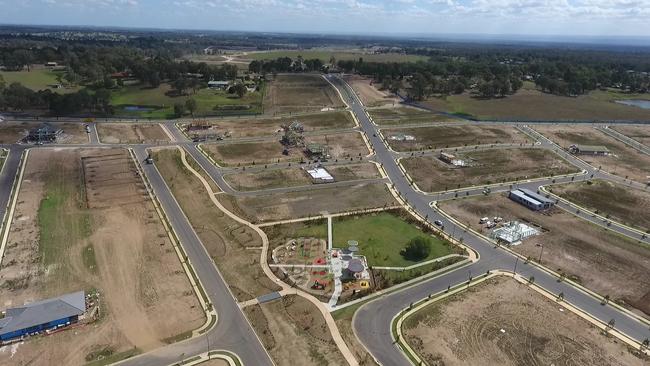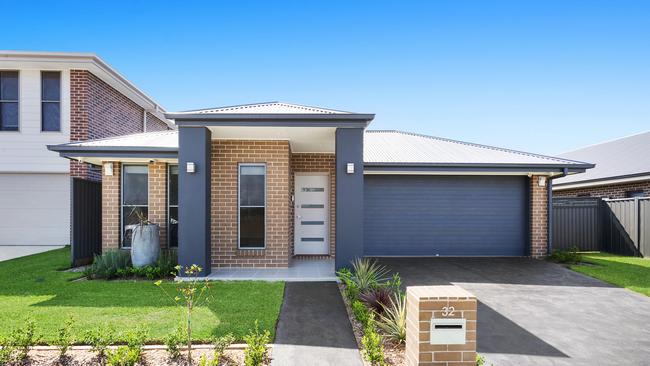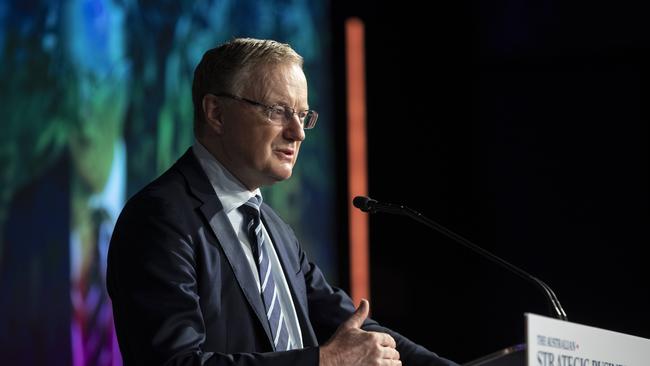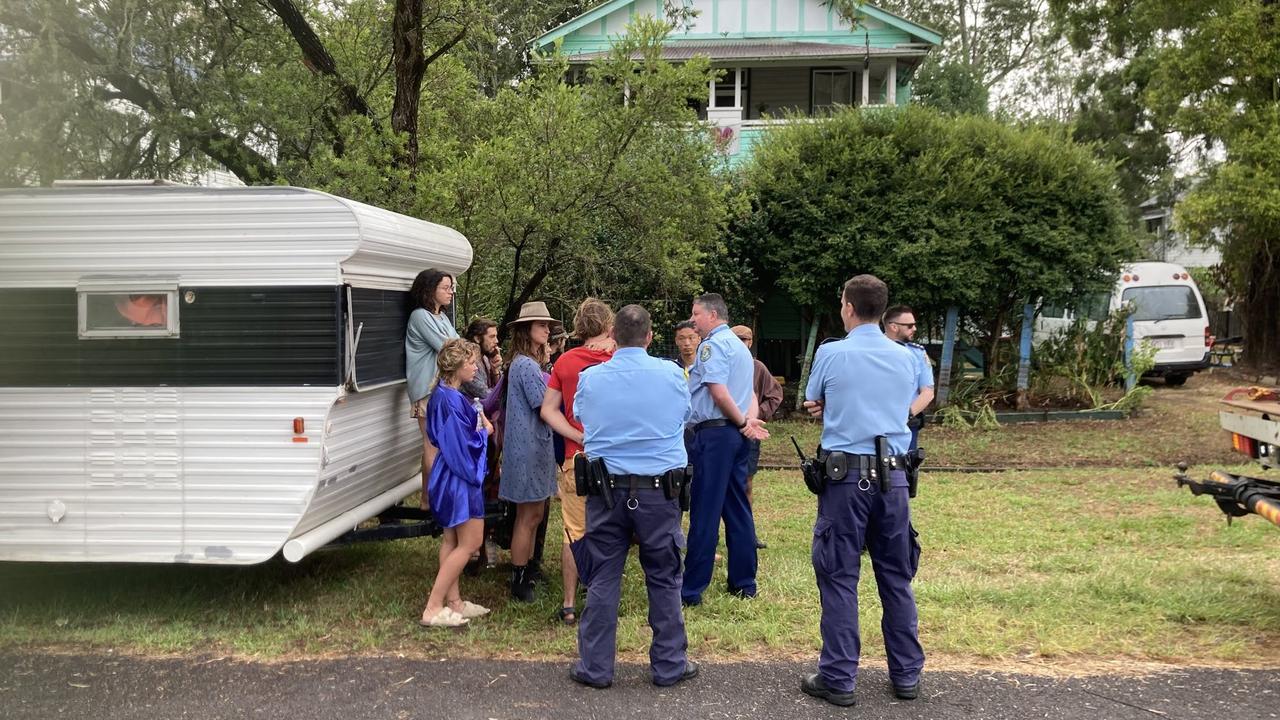Red zones: Sydney suburbs where one in six homeowners cannot afford loans anymore
Families can no longer afford to pay off their homes in a range of Sydney suburbs determined to have the country’s highest levels of mortgage stress – with big changes on the cards.

Property
Don't miss out on the headlines from Property. Followed categories will be added to My News.
Rising interest rates have been hammering first homebuyers who snapped up properties in Western Sydney’s new housing estates – and many can no longer afford their homes.
The new estates on the city fringes had the highest levels of mortgage stress in the country, measured by the share of households spending more than a third of their income on repayments.
It’s set to have a crippling effect on the local economies, with warnings crime rates could rise and bank repossessions increase if the situation continues over a protracted period.
Suburbs with the highest mortgage stress levels included Elizabeth Hills, more than 40km from the CBD, where at least one in five households couldn’t afford their repayments, according to the analysis of ABS data.

And at least one in seven homeowners in Marsden Park, Box Hill, Carnes Hill, The Gables, Bardia and Caddens were in a similar situation, saddled with mortgage bills that chewed up more than a third of their income.
The ABS data, released this month, was based on research conducted just before the Reserve Bank began the fastest rate rises in 30 years, and the real proportion of homeowners struggling in these areas was expected to be much higher.
Many of the areas with high mortgage stress levels were dominated by new housing and were among the most popular locations for first homebuyers to access government incentives.
This included the HomeBuilder scheme – a measure introduced during the early onset of Covid and designed to encourage first-time buyers to get newly built houses – and the First Home Owners Grant.

The programs helped the buyers get a leg onto the property ladder, but property experts revealed keeping that leg there has been a struggle following aggressive rate hikes over recent months.
Ray White chief economist Nerida Conisbee said rate rises were squeezing first homebuyers the hardest because they tended to purchase with the biggest loans relative to the property’s value.
They were also the most likely to buy at the limit of their borrowing capacity or use a small deposit.
“Most people who buy house and land packages in new suburbs are first homebuyers,” Ms Conisbee said. “They often have a lower income and rely on government support to get into the market.”
Ms Conisbee added that the higher rates of mortgage stress in these areas would drag on the local economies, but it was unlikely there would be a sudden increase in distressed sales – for now.

“Mortgage stress means people have less to spend on going out. Disposable income goes. Everything you don’t have to do gets cut,” she said.
“At the same time, unemployment is incredibly low. For most struggling first homeowners, it will just be a matter of holding on until their income increases. It will be tough, but it might be short-term pain for long-term gain.”
SQM Research director Louis Christopher said elevated mortgage stress levels would weaken the social fabric in some suburbs if they continued over a long period of time.
“It’s a worst-case scenario, but if there’s people struggling to afford their mortgages and that situation continues for a long time, there will be less money in the suburb,” he said.
“Local businesses suffer and there’s a known relationship between economic recession and higher crime rates. You even see food rationing in some households. We’re not there, at least not yet.”

Recent interest rate rises and still high property prices appeared to be discouraging some would-be first homebuyers from diving into the market.
Cassie Geselle said she’s been hoping for years to be able purchase a home, but was wary of the current loan environment.
“I’d be very picky about what I’d choose,” she said. “With the uncertainty of the market and interest rates going up, a mortgage for a home right now seems untenable.
“Right now we’re waiting to see what happens, it’d be hard to find the perfect house in the current conditions.”
Originally published as Red zones: Sydney suburbs where one in six homeowners cannot afford loans anymore


